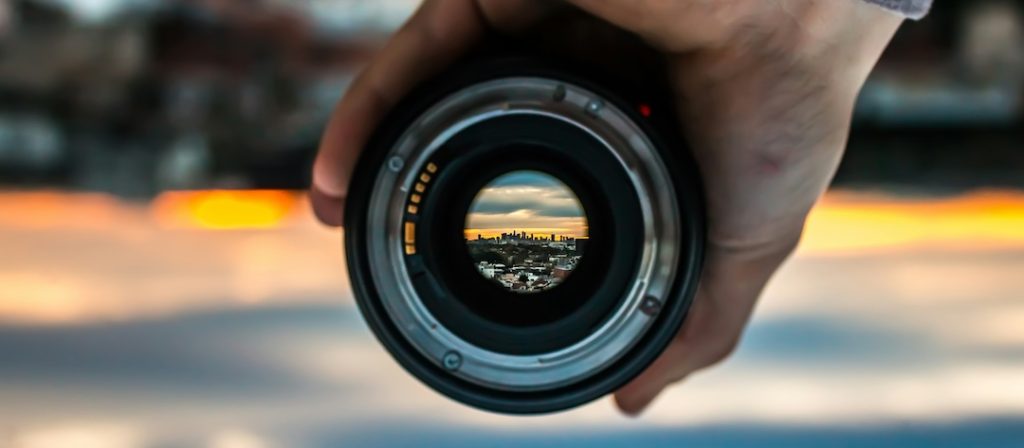Camera Composition
Its All In How You Frame It
Composition can be vastly improved with a few handy tips. Good framing can be managed by making conscious decisions around camera angle, framing, and choices around camera movement.

Rule of Thirds
Your camera likely has the option of turning on a “grid”. This pattern allows you to see your screen broken up in to thirds, both vertically and horizontally. This grid will not only help with keeping your shot level but will also help us to compose our shot using what is known as the “Rule of Thirds“.
The rule states that an image should be imagined as divided into nine equal parts by two equally-spaced horizontal lines and two equally-spaced vertical lines, and that important compositional elements should be placed along these lines or on their intersections.
Proponents of the technique claim that aligning a subject with these points creates more tension, energy and interest in the composition than simply centring the subject would.
Therefore, posing your important subjects on the intersecting lines and aligning vertical planes in your shot with vertical grid lines and horizontal planes with horizontal grid lines typically produces a more pleasing image.
Shot Sizes
Shot sizes are another important aspect of framing. There is a general understanding of framing sizes you’ll need to be able to communicate to the rest of your crew. If everyone has the same understanding of a “wide shot” verses a “medium shot” things will go a lot smoother. Here’s some sample images from an Extreme Wide Shot all the way through to an Extreme Close-Up.
Photo by John Diez CC0 via Pexels.com
Camera Angles
Getting dynamic footage might mean shooting from various angles and positions. Shooting everything at eye level and straight on can get a little boring. Look for interesting perspectives to shoot from especially when collecting your B-Roll or cover footage.
Low angles can give your subject a “dominating” stance or provide a new perspective to a scene.
Shooting from High Angles can put your subject in a subservient position from the viewers perspective or reveal an otherwise unseen perspective from shadows or reflections.
Canted/oblique angles, or what are known as “dutch angles”, can often give your audience a sense of bewilderment or uneasiness. Don’t be afraid to get up close to a subject or get down on the ground to get an interesting perspective of a scene or subject to share with your audience.
Don’t be afraid to get up close to a subject or get down on the ground to get an interesting perspective of a scene or subject to share with your audience.

